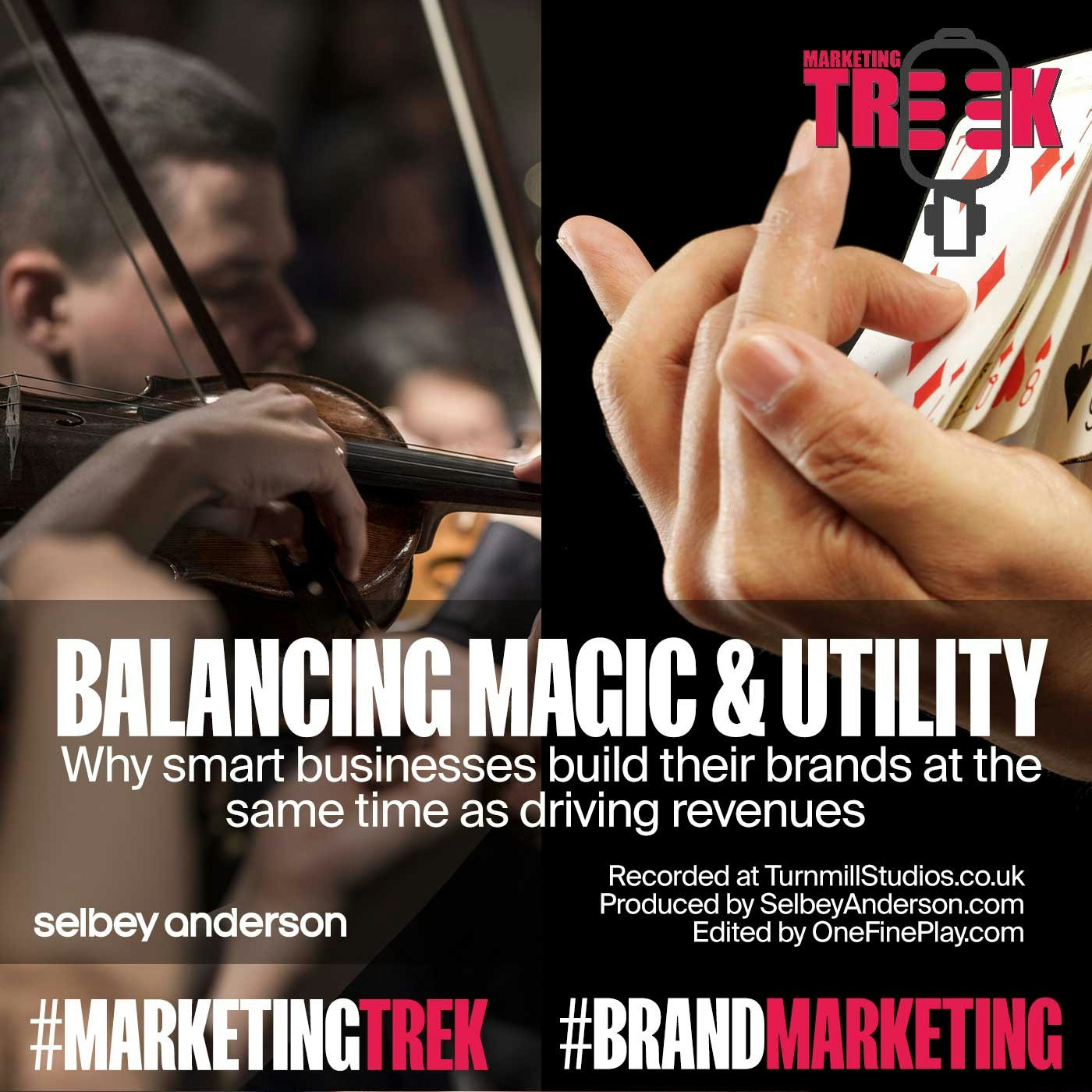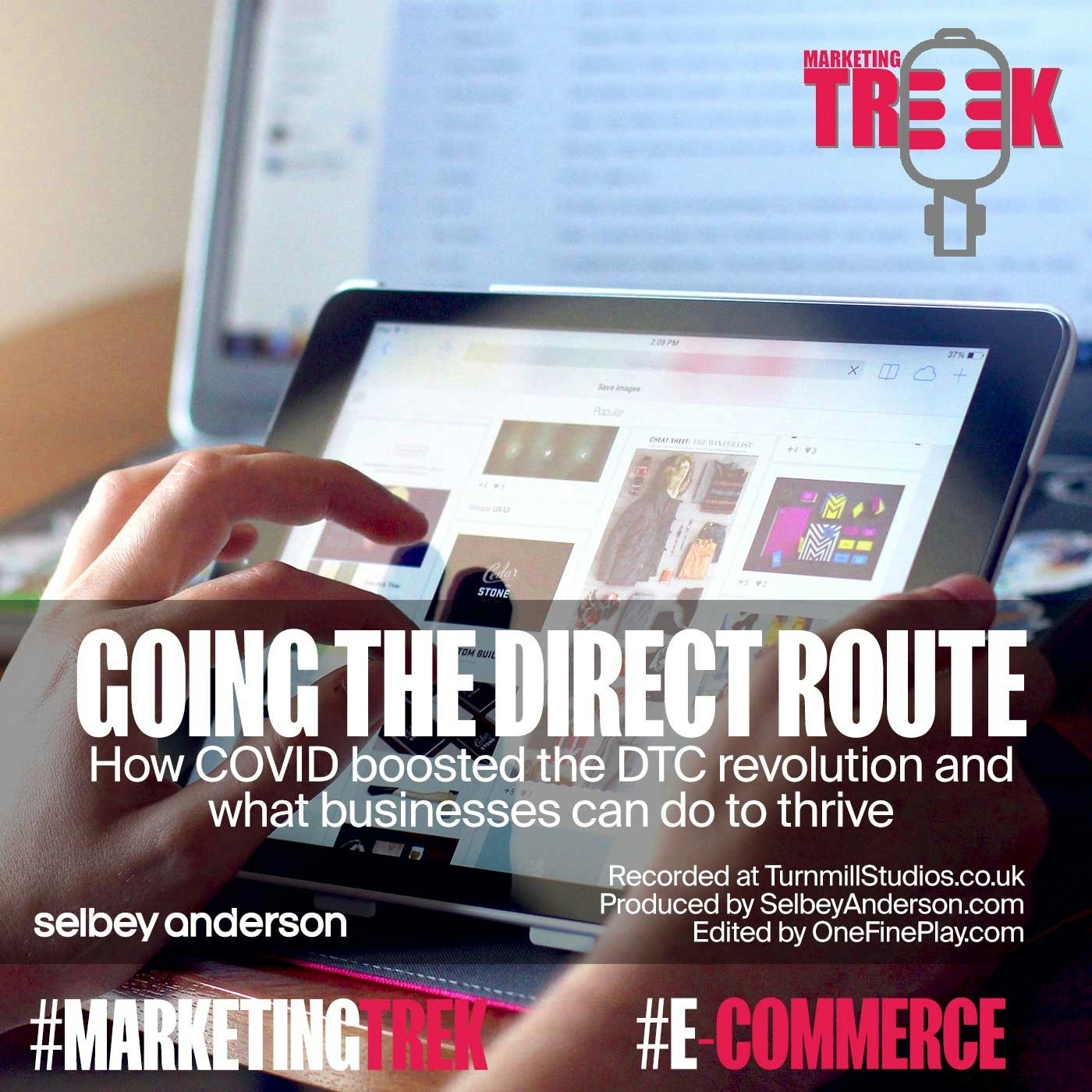Small companies are the pride of Britain. Adam Smith knew this. Writing The Wealth of Nations, he meant it as a compliment to our entrepreneurs when he called us a nation of shopkeepers. What was true then is true today too. We’re an entrepreneurial nation, teeming with merchants – people who create wealth by creating products and services.
His quote is often misattributed to Napoleon Bonaparte as an Anglophile insult, but Bony neither said it, nor meant it as an insult. Yes, small companies have been the backbone of Britain for centuries and globalisation hasn’t changed that. Small is good. It always was and it always will be.
SMEs represent 99% of all UK businesses
Consider these figures. According to a Briefing Paper produced by the House of Commons Library, there were 5.7 million SMEs in the UK in 2018 representing over 99% of all UK businesses. In fact, the majority of these aren’t even SMEs, they’re micro businesses employing less than ten staff. And there are 5.4 million micro businesses accounting for 96% of all businesses.
The vast majority are paying their taxes, be it rates, corporation tax, VAT or employers’ N.I. contributions. They’re probably investing in manufacturing equipment, IT, staff training and all the other things needed to keep the show on the road. But despite the best efforts of the Federation of Small Business (FSB), they’re still under-represented; in the media, in Parliament, in the Government’s thinking and as a result, in the Nation’s consciousness.
More long-established lobby groups, such the Confederation of British Industry (CBI) have done a good job of keeping attention focused on larger companies. But in actual fact, there are now only 8,000 large businesses in the UK employing more than 250 employees. Admittedly, although they only account for 0.1% of all businesses, they do account for 48% of turnover, hence the government’s continued love affair with them. But the future is not large, it’s small.
Big no longer works
The argument is that big gives you peace of mind. There’s safety in numbers right? We only have one word to say to that, “Carillion”. ‘Big’ clearly no longer works when it come to protection, be it jobs, contracts or your shares.
The other argument for ‘bigness’ is that it gives you access to breadth. As in breadth of experience or services. But those 5.4 million micro businesses aren’t offering breadth, they’re offering depth. As in deep sector expertise or technical knowledge. That’s why we are unabashed in our love of smallness. Small, well run creative agencies do it for us every time. And that extends to acquisitions.
You don’t reduce risk by going large
When it comes to acquisitions, the received wisdom is go large. Doesn’t it cost the same to acquire a small company as it does to acquire a large one? Only in rhetoric, and the experts who spout such rhetoric focus on transactional – or the frictional costs (a term we alluded to in our last blog).
Yes, it might cost about the same to draft a sale and purchase agreement for a small or a large company, but transactional costs are only part of the picture. In our view, related to the value of the business and the risk involved in buying it, transactional costs are often inconsequential.
So, at our end of the market, the experts that tell us to “go large” have their risk models upside down.
But should that be a surprise?




